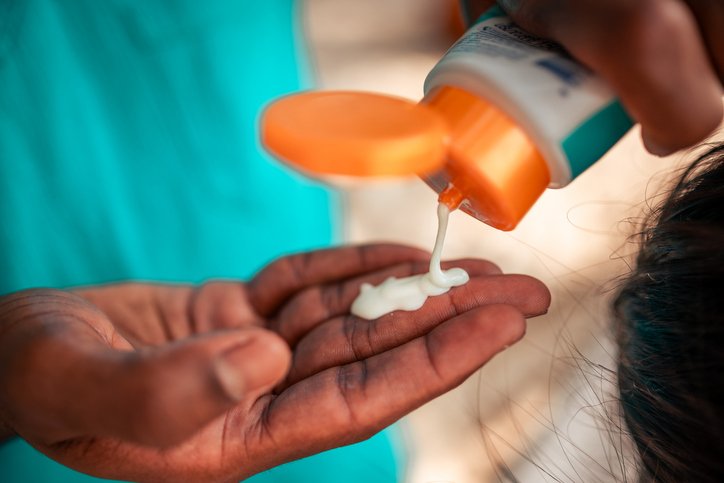AUSTIN (KXAN) — The UV Index is the strength of sun-produced ultraviolet radiation. Higher index numbers are responsible for a faster burn time. Meteorologists use this index to communicate the urgency of wearing sunscreen during the summer months.
Meteorologist Tommy House sat down with Dr. Jennifer Gordon to learn more.
Read an edited version of the conversation below.
Meteorologist Tommy House: When we’re looking for specific types of sunscreen, brand, or chemicals, what do you recommend?
Dr. Jennifer Gordon: As we head into the summer months, many people aren’t aware of the difference between chemical sunscreens and mineral sunblock’s.
Chemical sunscreens typically contain ingredients like oxybenzone or avobenzone, which absorb UV rays. In contrast, mineral sunblock’s use physical blockers like zinc oxide or titanium dioxide to reflect UV rays.
When choosing a product, it’s important to look for broad-spectrum protection, which guards against both UVA and UVB rays.
Many people prefer mineral sun-blocks because they start working immediately upon application and generally have a better safety profile.
House: What about SPF?
Gordon: SPF or Sun Protection Factor refers to how much longer you can stay in the sun without burning compared to not wearing any protection. For example, an SPF of 30 means you can theoretically stay out 30 times longer before burning.
In general, we recommend using an SPF of 30 or higher. However, more recent research suggests that higher SPFs, such as 50, 80, or even 100, may offer more protection than we previously thought.
If you find a higher SPF sunscreen that feels good on your skin and rubs in well, it might be worth choosing for added protection.
House: What should you apply if you get a sunburn?
Gordon: Sunburns can be tough to deal with, so the best approach is to avoid getting one in the first place. But if you do end up with a sunburn, there are a few things that can help.
Over-the-counter anti-inflammatory medications, such as Advil or Aleve, can reduce pain and inflammation. For topical relief, aloe is a “tried and true” remedy that helps soothe the skin.
Applying cool compresses or gently using ice (wrapped in a cloth) can also provide relief. Be cautious with moisturizers, thick creams can trap heat, so it’s better to use lightweight, gel-based, or serum products that allow the skin to breathe.
House: Besides sunscreen, what else should you apply?
Gordon: I’m glad you brought this up because sunscreen or sunblock alone isn’t enough, especially in places like Texas, where the sun can be intense.
The most important thing is to use physical protection. That includes wide-brimmed hats, sunglasses, and UPF-rated clothing, which has come a long way in terms of comfort and style. There are now plenty of great options available.
Also, try to stay in the shade whenever possible, and avoid being outdoors during peak sun hours, typically between 10 a.m. and 4 p.m. And of course, if you are outside, be sure to reapply sunscreen regularly, especially if you’re sweating or swimming.
